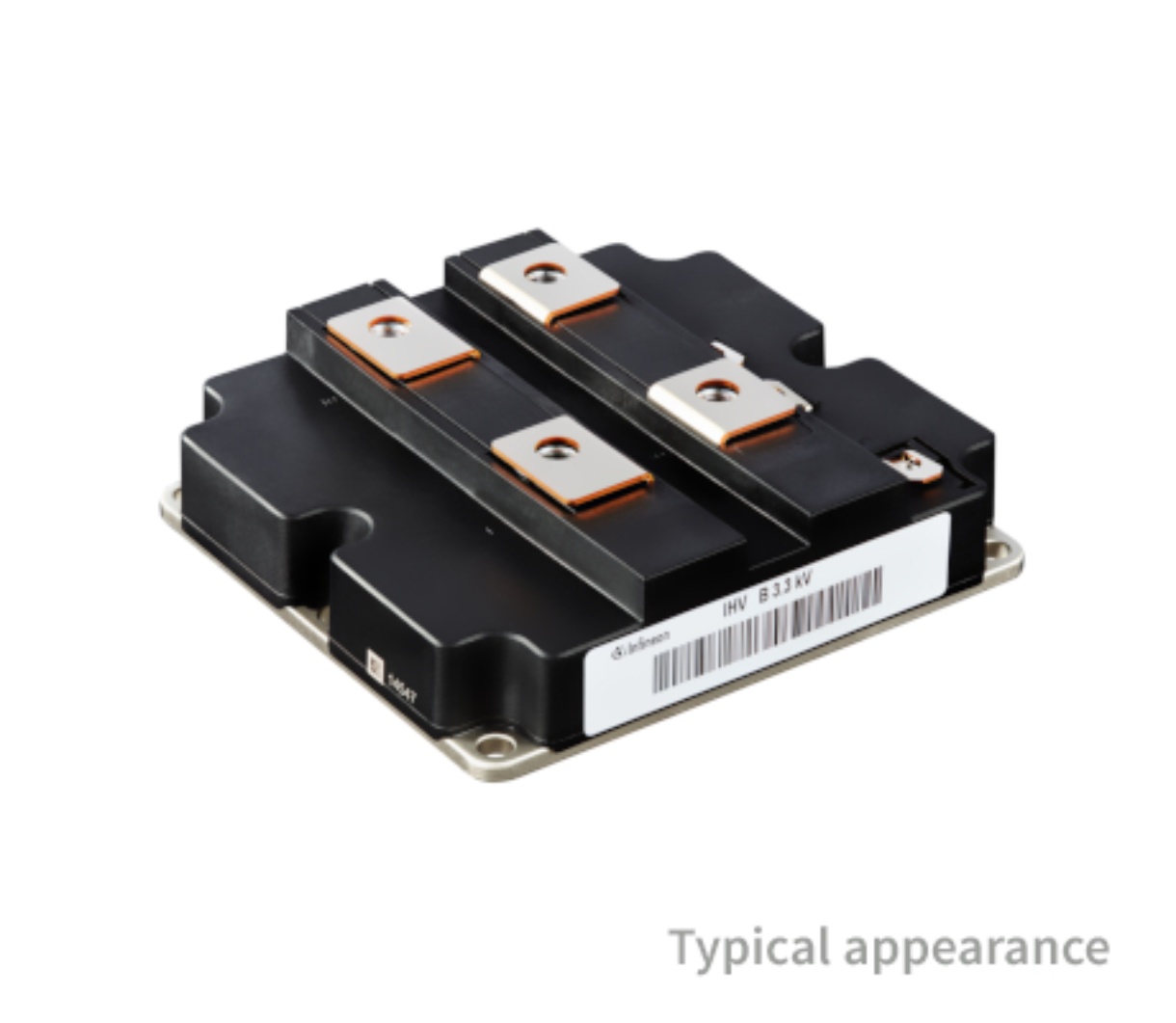Unleashing the Power of IGBT Modules: A Comprehensive Guide
Unleashing the Power of IGBT Modules: A Comprehensive Guide
Blog Article

Welcome to the world of IGBT modules, where cutting-edge technology meets power efficiency in ways that revolutionize modern electronic applications. The Insulated Gate Bipolar Transistor, or IGBT, module is a key component in power electronics due to its ability to combine high voltage handling capabilities with the fast-switching characteristics of MOSFETs. This powerful combination makes IGBT modules indispensable in a wide range of industries, from renewable energy systems to electric vehicles and industrial automation. Let's delve deeper into the inner workings and benefits of leveraging IGBT modules for your applications.
Design and Structure
In the world of power electronics, IGBT modules play a critical role in enabling efficient and reliable electrical systems. These modules are designed to seamlessly integrate the insulated-gate bipolar transistor (IGBT) with other essential components, such as diodes and heat sinks, within a compact and sturdy package. This thoughtful design ensures optimal performance while minimizing space requirements.
The structure of an IGBT module typically consists of multiple IGBT chips arranged in parallel fashion to handle high power levels effectively. These chips are meticulously interconnected using advanced bonding techniques to ensure low electrical resistance and efficient thermal dissipation. The module’s housing is often made of durable materials like silicon carbide or aluminum oxide to provide both mechanical protection and enhanced heat conduction capabilities.
One key feature of IGBT modules is their versatility in design, allowing for easy integration into various applications ranging from motor drives to renewable energy systems. The modular structure of IGBT modules enables scalability and flexibility, making them ideal for both small-scale and large-scale power conversion projects. Additionally, modern advancements in design techniques have led to enhanced reliability and performance of these modules, making them indispensable in today's power electronics landscape.
Advantages and Applications
When it comes to advantages, IGBT modules offer a winning combination of high efficiency and fast switching speeds. This makes them ideal for applications where power needs to be managed effectively, such as in industrial machinery and renewable energy systems.
Additionally, the rugged design of IGBT modules ensures durability and reliability in demanding environments. This feature makes them a popular choice in sectors like electric vehicles and power electronics, where consistent performance is crucial for the success of the system.
In terms of applications, IGBT modules are widely used in motor drives, inverters, and power supplies. Their ability to handle high voltages and currents efficiently makes them essential components in modern power electronics, providing precise control and power management in various electrical systems.
Maintenance and Troubleshooting
IGBT Module
Routine maintenance is essential to ensure optimal performance of IGBT modules. Regularly inspecting for signs of wear or damage, such as cracks or discoloration, can help prevent unexpected failures. It is also recommended to clean the modules periodically to remove any dust or debris that may accumulate on the surface.
When troubleshooting IGBT modules, start by checking the connections to ensure they are secure and correctly installed. If the module is not functioning as expected, it may be helpful to verify the input and output signals to identify any potential issues. In cases of overheating, inspect the cooling system to ensure proper airflow and ventilation.
If a fault is detected in an IGBT module, it is important to follow the manufacturer's guidelines for troubleshooting and repair. Replacing faulty components or conducting thorough testing can help resolve issues and prevent future failures. Regularly reviewing the maintenance schedule and implementing best practices can extend the lifespan of IGBT modules.
Report this page